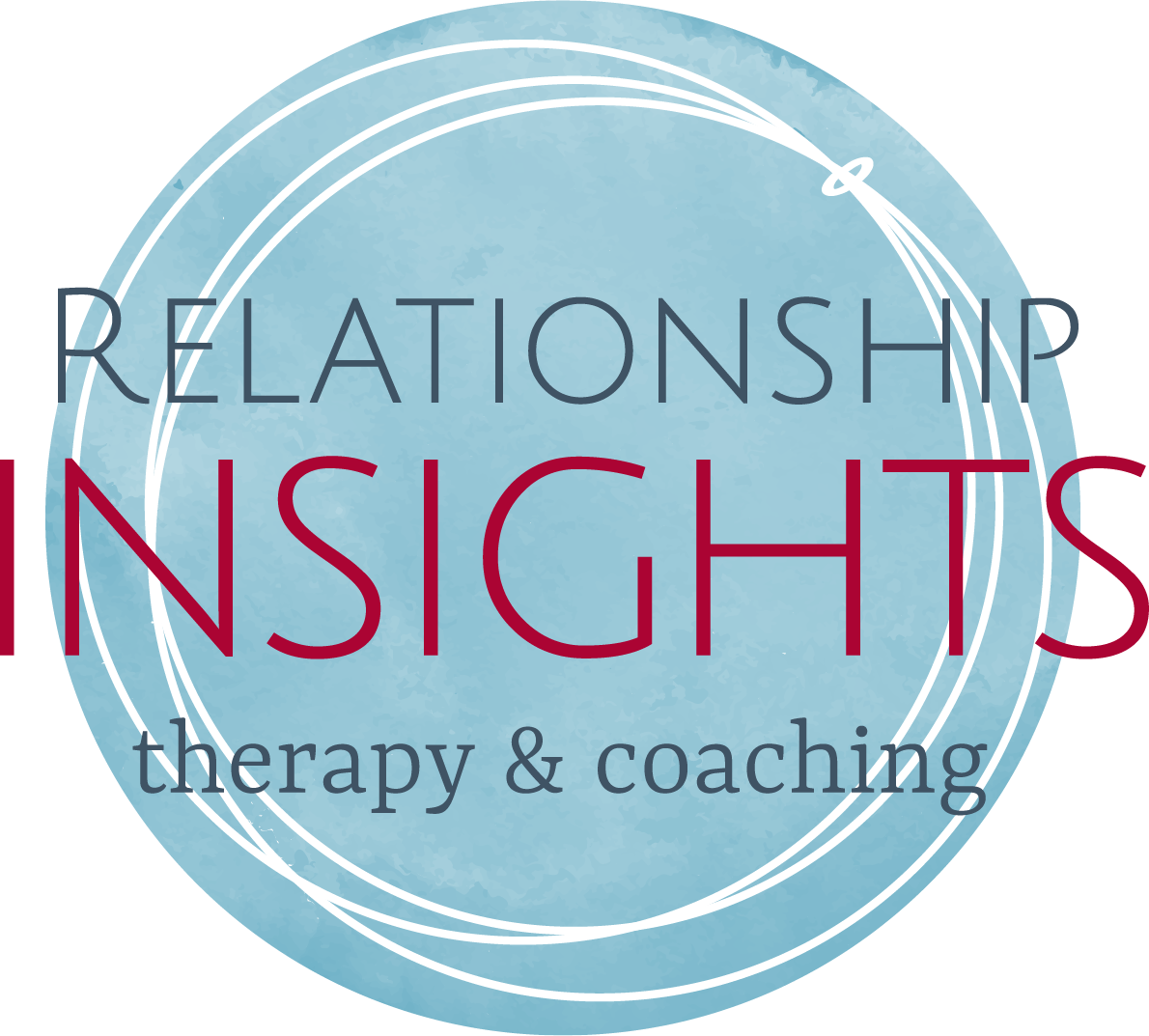WHY ARE ACTIVE LISTENING SKILLS SO IMPORTANT IN RELATIONSHIPS?
Active listening is such a potent force in relationships! It fosters understanding, trust, and intimacy with the people that we care about. So, we want to offer up the following skills to help you be a more active and truly present listening partner.
It’s soooooooo easy to be preoccupied and impatient in life, we often have so much on our minds. We often miss opportunities to turning towards our loved ones. It can be challenging to give them our undivided attention and presence when they are talking to us.
ACTIVE LISTENING SKILLS
1. Be Present
Active listening skills require being present! Make eye contact, put down your phone and turn off notifications. Turn toward the person physically. All of these things go a long way toward helping someone feel tuned into!
2. Minimal encouragers
Use brief, positive prompts to keep the conversation going and show you are listening – for example, “umm-hmmm,” “Oh?” “I understand,” “Then?” “And?”
3. Probing
Ask questions aimed at getting more details like “Who, what, where, and which … ?” As well as, asking questions to draw the person out and get more meaningful information – for example, “What did you do then or how was that for you …?”
4. Warm Up Your Tone of Voice
Your tone of voice can convey a wealth of information, ranging from enthusiasm to disinterest to anger. Start noticing how your tone of voice affects how others respond to you and try making it warmer or softer. For example, show interest in something by expressing your enthusiasm by using an animated tone of voice.
5.Validation
Acknowledge the individual’s problems, issues, and feelings. Listen openly and with empathy, and respond in an interested way – for example, “You seem really sad (frustrated, lonely, angry, etc) about this situation . . .” or “What else is bothering you about that? …”
6. Restating
To show you are listening, repeat every so often what you think the person said – not by parroting, but by paraphrasing what you heard in your own words. For example, “So, you ….” or, “Let’s see if I’m clear about this …”
7. Reflecting
Instead of just repeating, reflect the speaker’s words in terms of feelings – for example, “This seems really important to you. . . Or you seem really frustrated …”
8. Giving feedback
If the person asks for feedback, let them know what your initial thoughts are on the situation. Share pertinent information, observations, insights, and experiences. Don’t fix! Then listen carefully to confirm. And be sure to ask, “would you like my feedback?” No one likes unsolicited advice, especially when they are just wanting to vent or verbally process and aren’t wanting a solution yet.
9. Emotion Labeling
Putting feelings into words will often help a person to see things more objectively. To help the person begin, use “door openers” — for example, “I’m sensing that you’re feeling frustrated. . . worried. . . anxious. . .”
10. Summarizing
Bring together the facts and pieces of the problem to check understanding – for example, “So it sounds to me as if . . .” Or, “Is that it?”
11. Effective Pause
Deliberately pause at key points for emphasis. This will tell the person you are saying something that is very important to them.
12. Silence
Allow for comfortable silences to slow down the exchange. Give a person time to think as well as talk. Silence can also be very helpful in diffusing an unproductive interaction.
13. “I” messages
By using “I” in your statements, you focus on the problem not the person. An “I” message lets the person know what you feel and why – for example, “I feel sad when things don’t go well at work …”
14. Redirecting
If someone is showing signs of being overly aggressive, agitated, or angry, this is the time to shift the discussion to another topic or ask for a time out from the conversation. Boundaries to protect yourself are important for all of us. We can be there for people as long as they are respectful to us, even when practicing active listening.
ACTIVE LISTENING: THE TAKEAWAY
Active listening is a superpower in relationships. It deepens connections, resolves conflicts, enhances intimacy, and fosters personal growth. As therapists, we’ve harnessed this power to help countless individuals and couples build healthier, more fulfilling relationships. It’s a skill that not only transforms relationships but also enriches lives, one empathetic ear at a time. And, we are so happy to ce sharing what we’ve learned with you in this blog post.
Stay tuned, our next post will talk about communication blockers and the art of questioning!1
Relationship Insights is all about improving your relationship to others as well as to yourself! If you need a support or guidance about how to do that, the therapists at Relationship Insights are only an email or 30 minute free consultation away!

